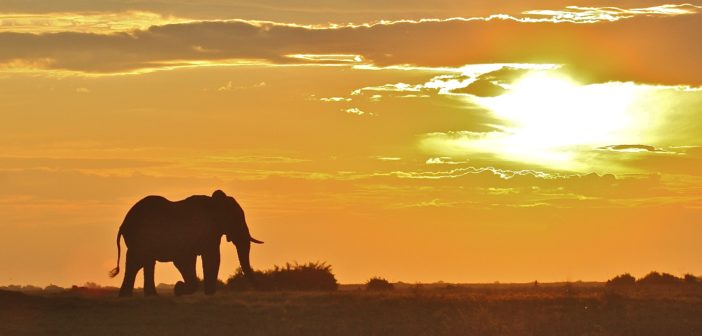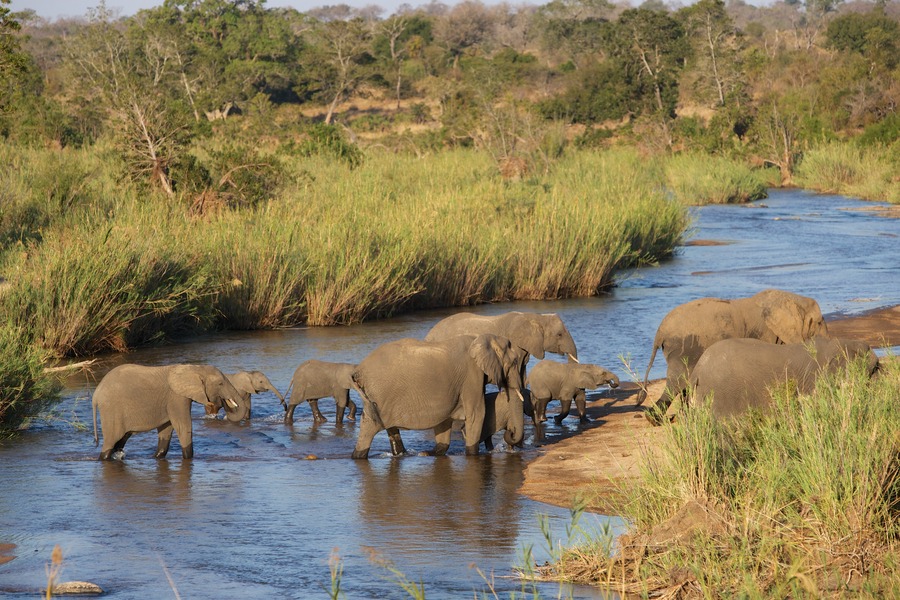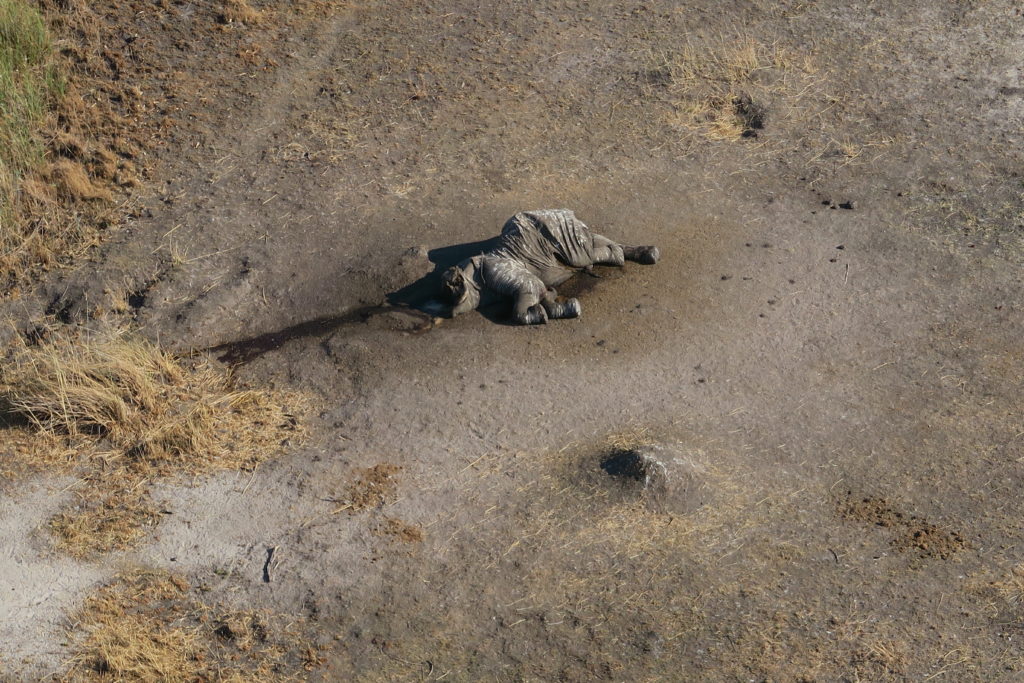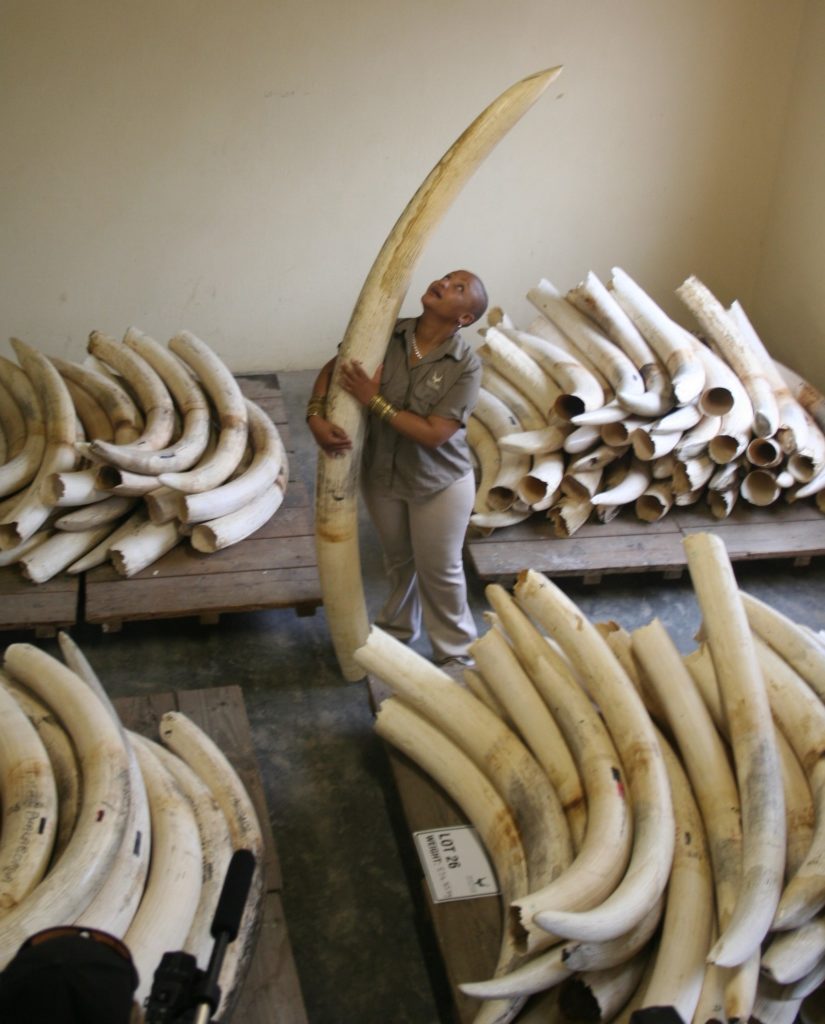Kenya, Uganda, Tanzania, China, Thailand and the Philippines, some of the world’s worst countries for elephant poaching and illegal trade in ivory, have been allowed to exit a key international initiative set up to curb the mass slaughter of elephants.
They have been allowed to exit the National Ivory Action Plan (NIAP) process at a recent meeting of CITES (Convention on International Trade in Endangered Species), because they have supposedly substantially achieved their National Ivory Action Plans.
However, the Environmental Investigation Agency (EIA) strongly disagrees with the so-called success. It says key gaps remain in terms of implementation on the ground and insists that the notion of progress is skewed. “The decision to allow these Parties to exit the NIAP process is particularly problematic because it took place without any consultation with independent experts, nor was it based on an assessment of actual impact on the ground,” says an EIA representative.
NIAP was set up as a blueprint for key countries involved in poaching or illegal ivory trade to adopt. It consists of country-specific plans, outlining urgent legislative and enforcement measures to be taken to combat the illegal ivory trade. Each unique NIAP includes specified time frames and milestones for implementation and requires regular reporting to CITES.
According to an EIA report, China is the world’s largest destination for ivory, Uganda is in the top 10 countries in terms of the number of large-scale ivory seizures, Tanzania has suffered one of the most dramatic declines in its elephant populations, Thailand plays a key role as a transit point for ivory trafficking, and Kenya is a key exit point for illegal ivory destined for Asia.
The report also points to rampant corruption, a lack of prosecution and widespread organised criminal elements. “These countries still face significant challenges in tackling elephant poaching and ivory trafficking,” says the EIA.
“Together (excluding the Philippines), they represent 40% of the number of worldwide reported ivory seizures and more than 50% of the total weight of ivory seized worldwide between 2007 and 2017,” says a joint statement issued by top wildlife NGOs. The statement also identifies Japan and Singapore as countries of concern, calling for them to also participate in the NIAP process.
These two countries are among a handful that still allow a domestic trade in ivory, despite a recommendation from CITES that these domestic trade markets be closed as a matter of urgency. In an International Union for Conservation of Nature (IUCN) conference in 2016, they opposed a ban on the domestic trade in ivory. A report by TRAFFIC on Japan’s ivory trade shows clearly how Japan’s domestic market is fueled by an absence of high-level commitment to end the ivory trade, leading to a poorly regulated market that in fact invites the illegal export of ivory. There have been high numbers of illegal exports from Japan to China.
At the 17th meeting of the Conference of the Parties to CITES held in Johannesburg in 2016, South Africa proposed reopening international ivory trade, requesting that they be allowed to sell their national stockpiles. However, this joint proposal by South Africa, Zimbabwe and Namibia was not approved.
Read the original version of this article here.
Featured image: an elephant’s silhouette in front of a sunset. Image credit Francis Garrard.








